Cat Gecko Viv?
weeminimoose
17 years ago
Related Stories
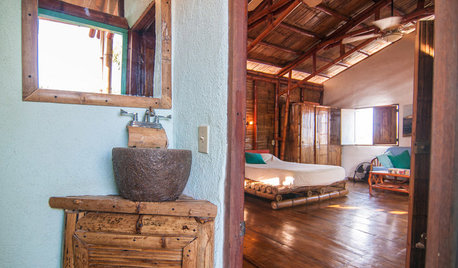
GLOBAL STYLEMy Houzz: Sustainable Bamboo for a Prototype Home in Nicaragua
Ecofriendly living has a new champion, as a Granada firm kicks off its bamboo offerings with this house's architecture and furnishings
Full Story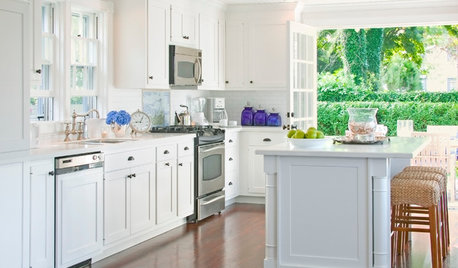
GARDENING AND LANDSCAPING10 Ways to Open a Kitchen to the Outdoors
Have your cooking and your nice weather too, with a kitchen setup that embraces indoor-outdoor flow
Full Story
GARDENING FOR BUTTERFLIESBring on the Birds: Natural Habitat Ideas for Gardens of All Sizes
Provide nesting, watering and perching spots inspired by the Costa Rican jungle and watch the birds flock on over
Full Story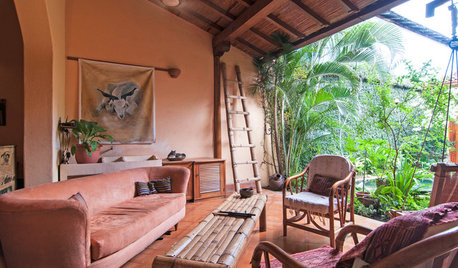
HOUZZ TOURSMy Houzz: A Dream Indoor-Outdoor Home in Nicaragua
Breeziness and deep connections with the outdoors create an air of paradise for U.S. transplants
Full Story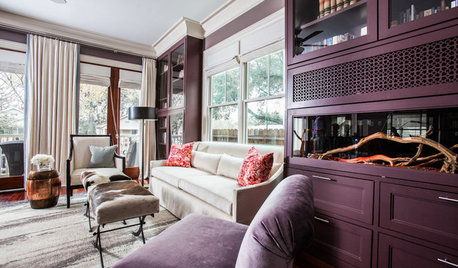
DENS AND LIBRARIESRoom of the Day: Princess the Snake Reigns in a Luxe Library
Sure, there are books. But in this library the custom snake habitat may be most worth checking out
Full Story
PETSHouzz Call: Show Us Your Summer-Loving Dog!
Share a photo of your pooch kicking back in the backyard, helping you in the workshop or enjoying your favorite summer getaway
Full Story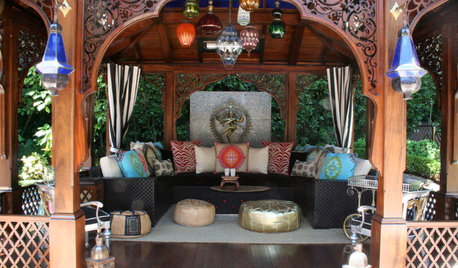
MOST POPULAR20 Outstanding Outdoor Living Rooms
Why give up style and comfort just because you add fresh air? Turn any porch or patio into a sumptuous room by following these leads
Full Story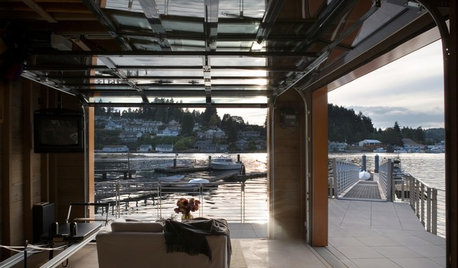
DREAM SPACESDesign Workshop: The Case for Big Overhead Doors
Garage-style doors are cost-effective solutions for opening rooms to dream views and fresh air — and they’re more stylish than ever
Full Story
GREAT HOME PROJECTSHow to Make Your Garage a Storage Powerhouse
New project for a new year: Add shelving and containers to get your stuff off the garage floor — and still have room for the car
Full Story
HOUSEKEEPING10 Chores You Can Whip Through During Commercials
Use ad time for getting tasks done, and it’s like fast-forwarding your house into cleanliness
Full Story





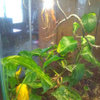
sixeachlimb
mdahms1979
Related Professionals
Ballwin Landscape Architects & Landscape Designers · Berkley Landscape Contractors · Oak Forest Landscape Contractors · Wheat Ridge Landscape Contractors · Antelope Fence Contractors · El Segundo Fence Contractors · Hackensack Fence Contractors · Sioux City Fence Contractors · Peekskill Window Contractors · Conneaut General Contractors · Coos Bay General Contractors · Greenville General Contractors · Havelock General Contractors · North Highlands General Contractors · Pacifica General Contractorsiliketerrariums
iliketerrariums
weeminimooseOriginal Author
iliketerrariums